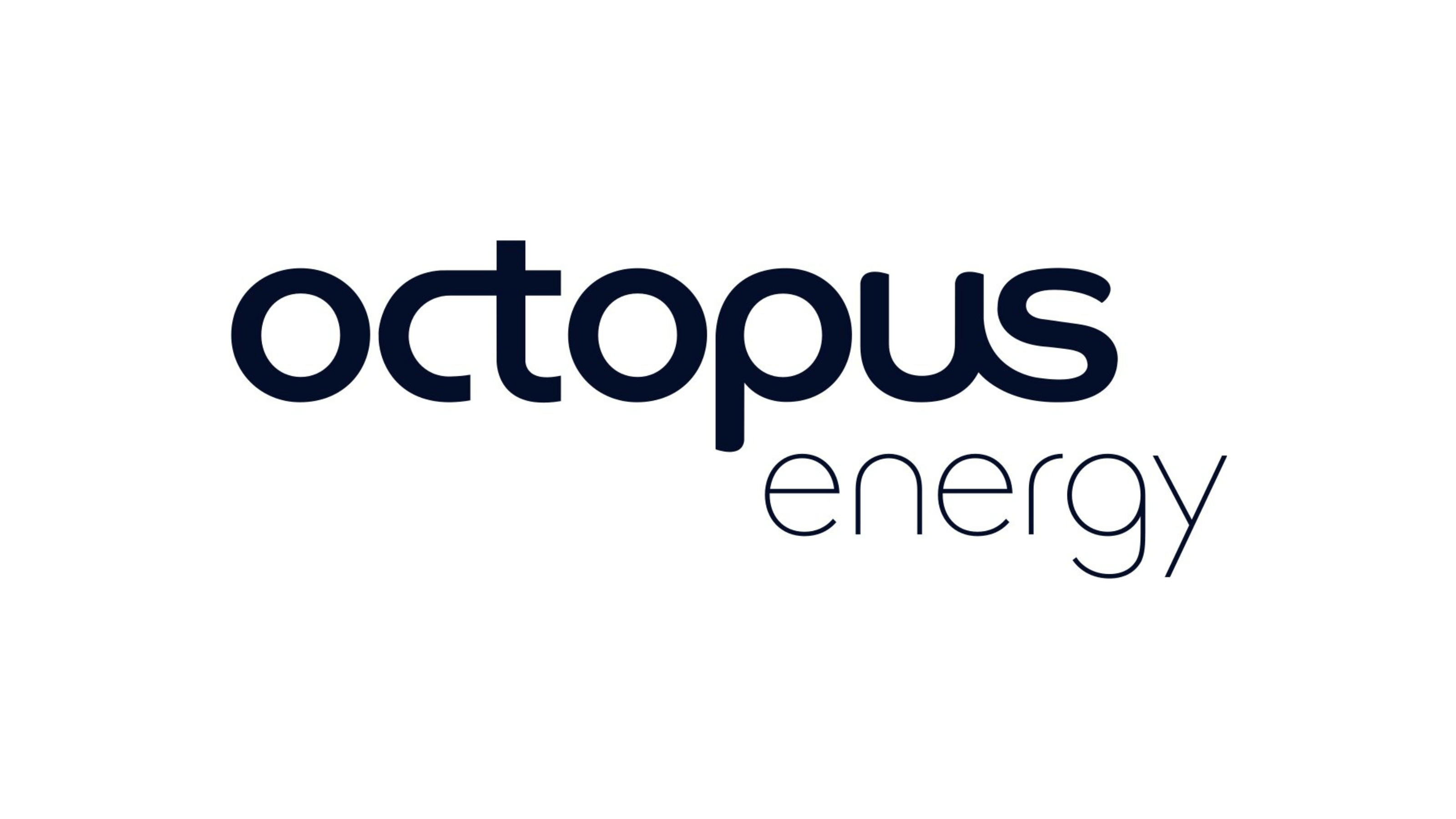A guest blog by Hugo user Peter Rogers
| Synopsis
With everyone suffering from the cost of living crisis, I decided to look at suggestions for energy saving. This in turn took me to the Centre for Sustainable Energy website (https://www.cse.org.uk/advice/energy-saving-advice-for-renters/) where they make the bold claim to: Stay warm at night with a hot water bottle – much cheaper than an electric blanket.
But is there any truth in that? How many people just take that as fact, without finding out the evidence from empirical research?
|
| So with that challenge, I decided to discover which really was the cheapest, and here are my findings…
|
| Analysis
|
| A Hot Water Bottle will need a kettle to boil enough water to fill it.
|
| As a typical HWB has a 2L capacity and should never be filled to more than 2/3rd capacity, it will need 1.3 L of hot water.
|
| The standard UK electric kettle has a 2 kW element, and requires approximately 153 Wh to boil 1.3 L of water from cold (measured under test conditions).
|
| Using todays rate (11/1/24) for electric at 27.98p/kWh, it will therefore cost 4.28 p to boil the water.
|
| A typical electric blanket has a power rating of 100 W
|
| Using the same unit (kWh) charge as the kettle for running the electric blanket, you could get 1 hour 32 minutes use for 4.28 p.
|
| Used any for longer, and the electric blanket will cost more to run.
|
| Some electric blankets only use 60 W, so how long could these be used for to have the equivalent cost of filling a hot water bottle?
|
| Using the same 4.28 p charge for heating the kettle, you would get 2 hours 33 minutes use.
|
| Any longer, and the electric blanket will cost you more to run.
|
| Summary
|
| Looking at these results in purely economic terms, the evidence demonstrates that an electric blanket is actually cheaper to run, provided the running time is monitored, and not exceeded. A plug-in timer would be an ideal way to have the bed nicely warmed to perfection, just as you head for the pillow, and all without being on for any longer than is absolutely necessary.
|
| In terms of comfort, there is no contest. A warm bed spread over the entire area is far more inviting, when compared to having a warm tummy, but cold head, shoulders, legs and feet. Both will cool down over time, and provide no more benefit. I don’t recommend sleeping with an electric blanket turned on all night for safety reasons, as well as the obvious increased running costs…
|
What does Peter do?
Anyone who knows me already, knows that cost-benefit analysis is at the heart of everything I do. Spending money on an electric blanket and timer or a hot water bottle is a complete anathema to me, before I even start to think about the potential running costs! Aargh
If I’m lucky, I will garner the benefit of having a pre-heated bed courtesy of my trusty feline companion. This provides a similar size and heat output to a HWB, is environmentally friendly (debatable for some…) and carries no additional energy costs or carbon paw print. It does however require the natural heating unit to be in position at the required time, and this cannot be guaranteed with any certainty.
How to fill your hot water bottle safely
- Follow the instructions on the bottle
- Allow the boiled water to cool for a few minutes before filling – Freshly boiled water can damage the seams of the bottle and cause it to split
- Don’t fill more than two thirds of its capacity
- Carefully let out the air from the bottle before putting the stopper on
- Make sure the stopper is screwed on tightly











